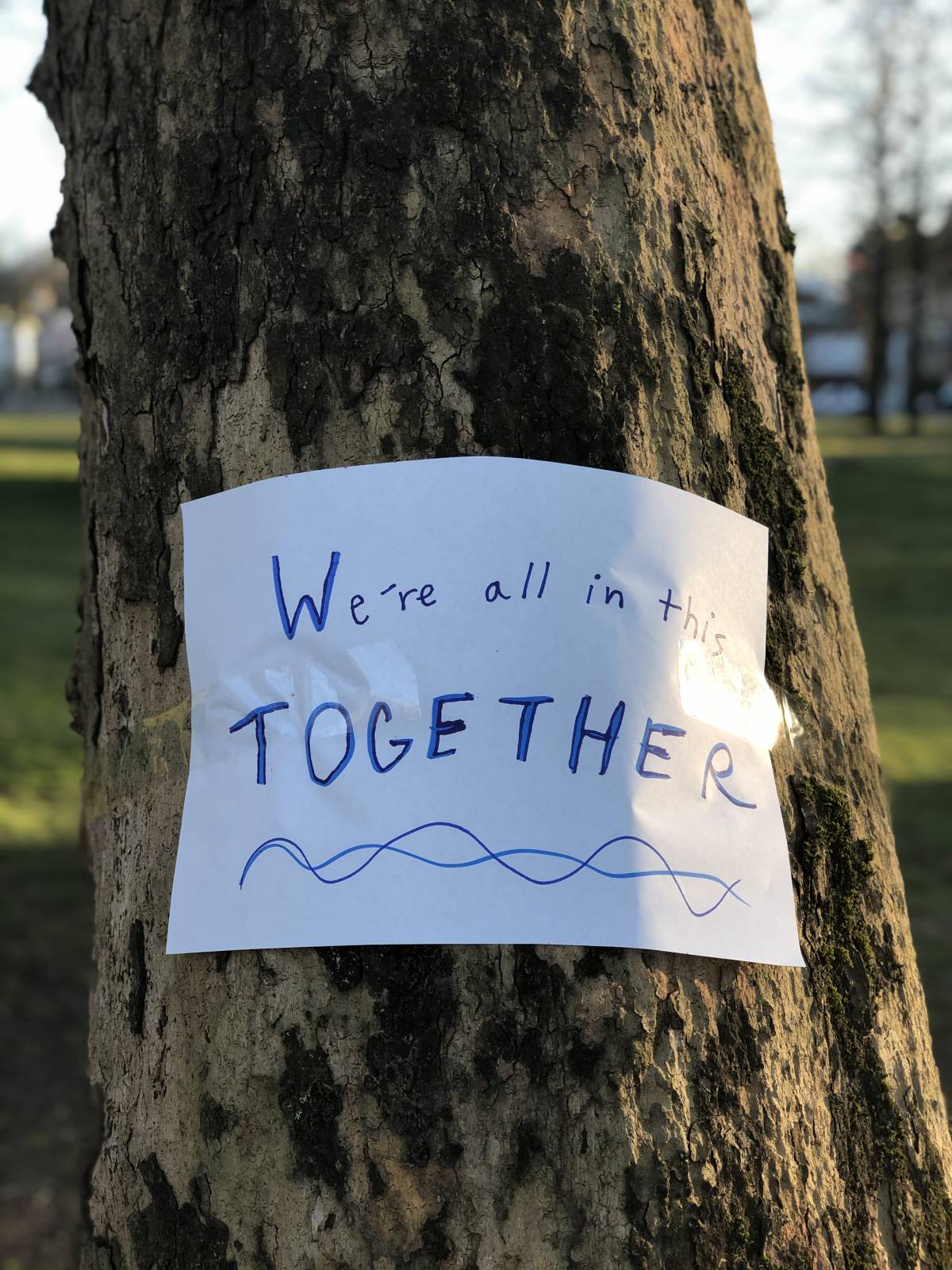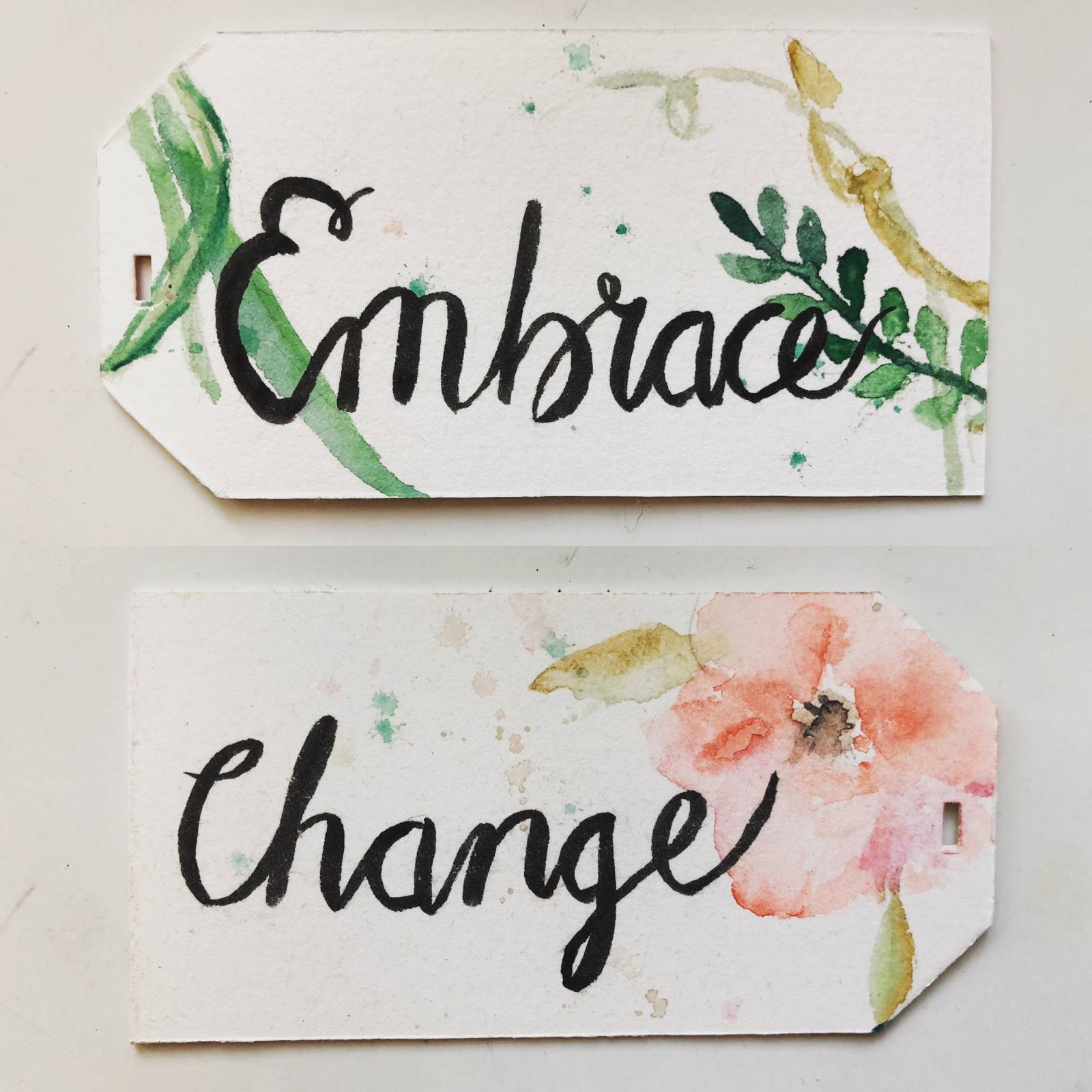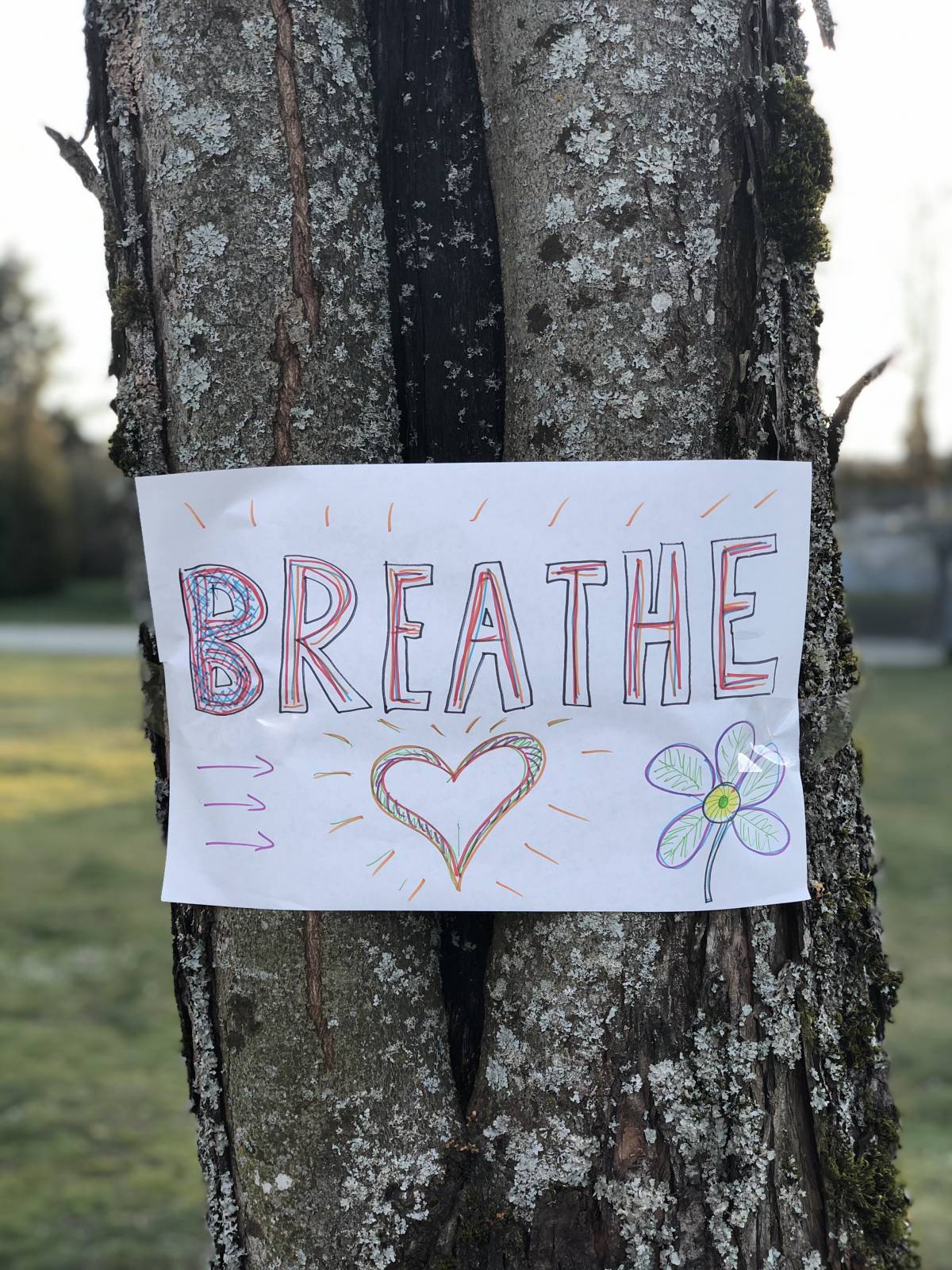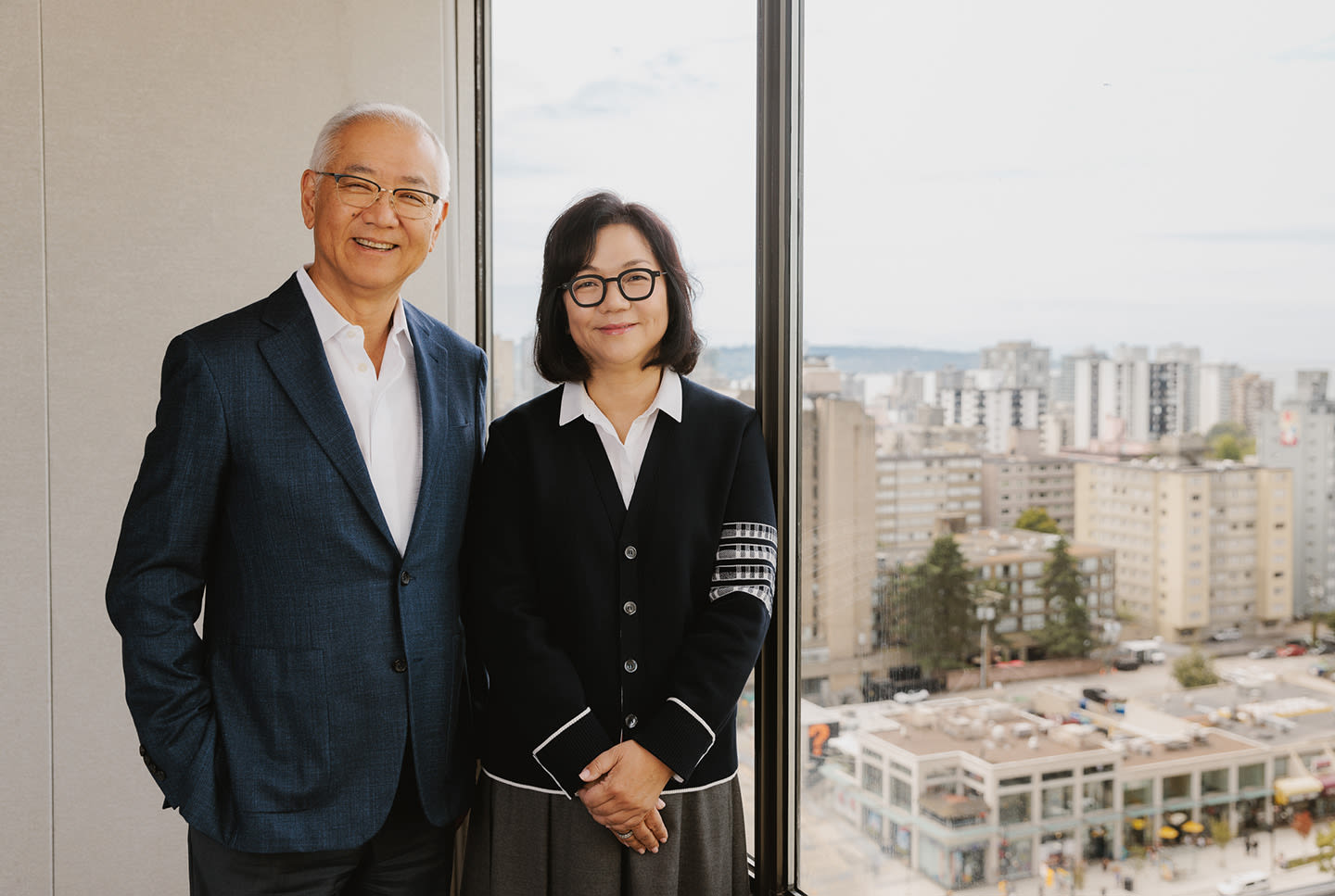Art Therapy at Home – Ideas for Embracing Creativity During Uncertain Times
April 14, 2020
Found in Art Therapy, Community
We are living in a very strange time right now. It is one that holds much uncertainty and, for some people, a lot of spare time. Many people—including cancer patients— are finding themselves with heightened anxiety as they navigate a world that currently contains more risks, and the new norm of physical distancing.
What have you been doing with the extra time on your hands? And how have you been managing anxieties that may come up? Perhaps this could be an opportunity to try your hand at art.
As an Art Therapist working at BC Cancer, my work primarily includes leading the Children’s Group (for families with a parent or close grandparent with cancer), Young Adults group (for patients 19-40ish) and the Art Studio Group. These groups provide patients and family members with the opportunity to try art activities such as painting, collaging, drawing, and textile arts.
 Feeling Better through Art
Feeling Better through Art
I like to tell people that attend these groups that art therapy is different than art class because this is art that feels good, instead of art that necessarily looks good. Art therapy is about creating for the sake of expressing yourself—art can be used as a language, or an object to dialogue with. Art therapy is also something that is relaxing – it provides a positive distraction, or a place to have fun. There is absolutely no need to have artistic talent to participate in art therapy.
There are many benefits of doing art therapy, including improved mood and ability to cope with challenges, relaxation, and stress reduction.
While you may not be able to participate in a traditional art therapy session for awhile, you can still reap some of the same benefits by creating art on your own!
Here are a few simple ideas to get you started on your creative path.
 1. Keep an art (or visual) journal. This can include words, doodles, scribbles, colours that you feel, magazine images that you find, or anything else. A journal provides a place to let out your emotions, and to play. There should be no expectation on the product in your journal – it is a place to explore your thought and creative processes. I will sometimes use mine to sketch my surroundings. I am inspired by my six-year-old son, who uses his sketchbook as a preverbal place to learn. He fills it up without hesitation for what will go on the paper (perhaps too quickly!).
1. Keep an art (or visual) journal. This can include words, doodles, scribbles, colours that you feel, magazine images that you find, or anything else. A journal provides a place to let out your emotions, and to play. There should be no expectation on the product in your journal – it is a place to explore your thought and creative processes. I will sometimes use mine to sketch my surroundings. I am inspired by my six-year-old son, who uses his sketchbook as a preverbal place to learn. He fills it up without hesitation for what will go on the paper (perhaps too quickly!).
 2. Go for a photography walk (if this feels safe for you.) This can be a form of mindfulness meditation, as you begin to pay close attention to what you see around you.
2. Go for a photography walk (if this feels safe for you.) This can be a form of mindfulness meditation, as you begin to pay close attention to what you see around you.
You may want to document the cherry blossoms and flowers as they emerge this Spring. I have been collecting and arranging the fallen flowers that I find on my walks.
3. Pick up a knitting or crocheting project. Did you know that knitting has been found to have more positive mood repair than meditating? Similarly, it helps focus your mind. Plus you may come out with a wearable product at the end! Not only that, but knitting helps your memory, and it may ease chronic pain.
 4. Try your hand at drawing or painting. There’s no time like the present to pull out those water-colour paints that have been sitting in your drawer, or the pencils you purchased in hopes of using one day.
4. Try your hand at drawing or painting. There’s no time like the present to pull out those water-colour paints that have been sitting in your drawer, or the pencils you purchased in hopes of using one day.
If you’re feeling intimidated, check out Pinterest or YouTube for some ideas to get you started. And remember, it’s about the process, not the product. You are doing something healthy just by creating!
 5. Spread an image or message of cheer. Perhaps this could be writing a note or drawing a picture and sending it to friends. Or, if you are feeling bold, you could post is somewhere publicly.
5. Spread an image or message of cheer. Perhaps this could be writing a note or drawing a picture and sending it to friends. Or, if you are feeling bold, you could post is somewhere publicly.
In my local park in Vancouver, trees around the pathway were decorated with drawings and positive sayings. It certainly made me smile to see these cheery images; they are a reminder that indeed, we are all in this together. And perhaps we can use this time to pursue creativity and kindness to take care of ourselves, and to support each other as well.
-Sara
To learn more about how you can support art therapy programs at BC Cancer, please contact Becky Yost at 587.897.7008 or becky.yost@bccancer.bc.ca.


